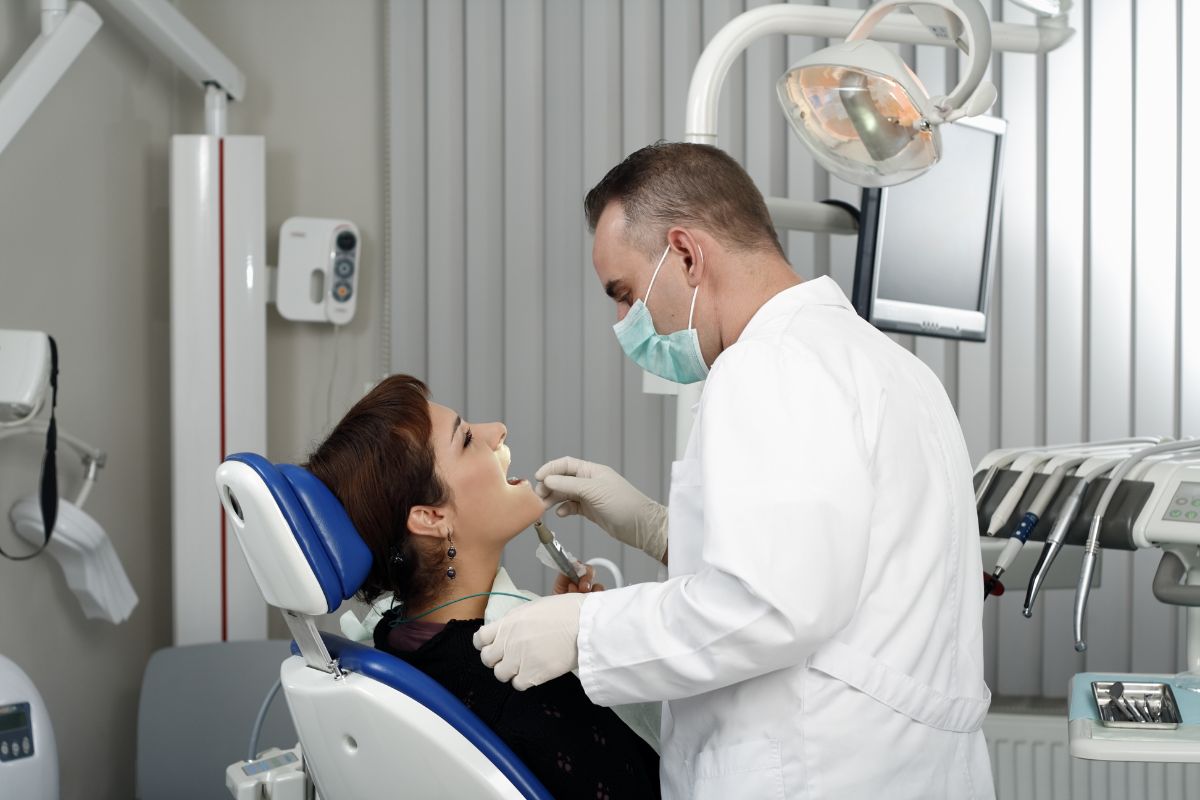Causey + Hall Orthodontics Fundamentals Explained
Causey + Hall Orthodontics - Questions
Table of Contents10 Easy Facts About Causey + Hall Orthodontics DescribedTop Guidelines Of Causey + Hall OrthodonticsSee This Report on Causey + Hall Orthodontics7 Easy Facts About Causey + Hall Orthodontics DescribedSome Of Causey + Hall OrthodonticsWhat Does Causey + Hall Orthodontics Do?
What is the distinction between a dentist and an orthodontist? All dental experts, including orthodontists, treat the teeth, periodontals, jaw and nerves.Orthodontists and dentists both give dental care for people. The main difference is that becoming an orthodontist calls for a certain specialty in treating the imbalance of the teeth and jaw.
An orthodontist is a dental professional that has actually undertaken training to specialize in the diagnosis, avoidance and therapy of irregularities in the jaw and teeth. Orthodontists can assist individuals of all ages.
The Definitive Guide for Causey + Hall Orthodontics
This consists of all the required education to come to be a basic dental expert. According to the American Pupil Dental Organization (ASDA), it suggests you will require to have either a Doctor of Medication in Dentistry (DMD) or a Physician of Dental Surgical Treatment (DDS). To put it simply, orthodontists require to complete oral institution and then get an orthodontics specialty education.


When you have a healthy bite, you can speak, eat and eat appropriately, thus improving your lifestyle. Apart from the orthodontist, we usually see aides functioning with these dental experts in their clinics. So, what is an orthodontist aide called? They're properly referred to as orthodontic aides. They are specialized aides, and are educated to manage dental gear and provide preventative oral health care.
Getting My Causey + Hall Orthodontics To Work
In addition, we supply flexible therapy schedules, versatile settlement options and a fun, delightful experience.
An orthodontist is a dental practitioner trained to identify, prevent, and deal with teeth and jaw irregularities. Orthodontists function with individuals of all ages, from youngsters to adults.
, however not all dental practitioners are orthodontists. They focus on 2 areas: Exactly how to appropriately and securely move teeth Exactly how to properly guide development in the teeth, jaw, and faceOnce an orthodontist has actually completed training, they have the option to become board accredited.
The Buzz on Causey + Hall Orthodontics
Imbalance, or malocclusion, is the most typical reason individuals see an orthodontist. Malocclusion is generally treated with: Your orthodontist affixes steel, ceramic, or plastic square bonds to your teeth.
If you have just minor malocclusion, you may be able to use clear dental braces, called aligners, rather of typical dental braces. Some people require a headgear to help move teeth right into line with pressure from outside the mouth. After braces or aligners, you'll need to put on a retainer. A retainer is a personalized gadget that keeps your teeth in location.
They can create additional area in the mouth without having to pull teeth. Orthodontists utilize cords, surgical screws, or plates to sustain your jaw bone.
The Only Guide to Causey + Hall Orthodontics
Throughout your initial orthodontic appointment, you'll likely have: An oral examPhotos taken of your face and smileDental X-raysPanoramic (360 degree) X-rays of your face and headImpressions to develop molds of your view it teethThese tests will help your orthodontist recognize just how to proceed with your treatment. An orthodontist is a dentist that's had training to treat your teeth and jaw.
Orthodontists are dental experts however not all dental professionals are orthodontists. Orthodontists are focused on your bite, or the means your teeth fit with each other, and the straightness of your teeth.
Some Of Causey + Hall Orthodontics
What precisely does an orthodontist do? Orthodontists are oral specialists that concentrate on remedying abnormalities in the teeth and jaws.

Clear aligners, like Invisalign, are a prominent option for individuals looking for a much more discreet therapy choice. These detachable trays are personalized to considerably move the teeth's position. Headgear may be used along with dental braces or aligners to apply added targeted forces, particularly for fixing jaw inconsistencies. In instances of narrow jaws, palatal expanders can be used to develop area for correct tooth alignment.